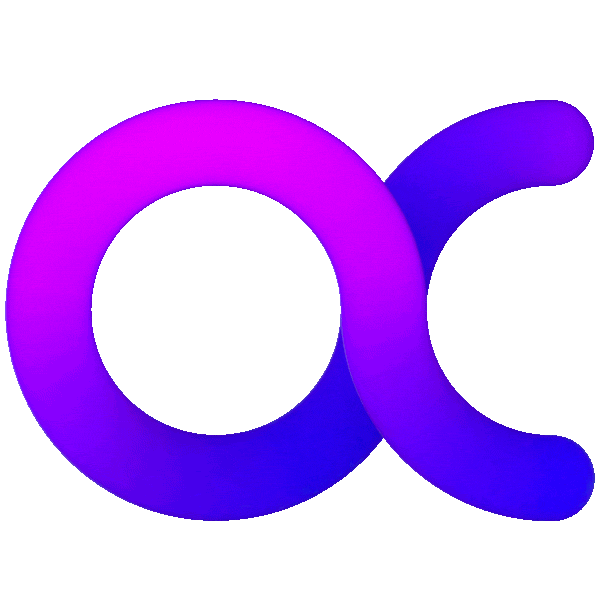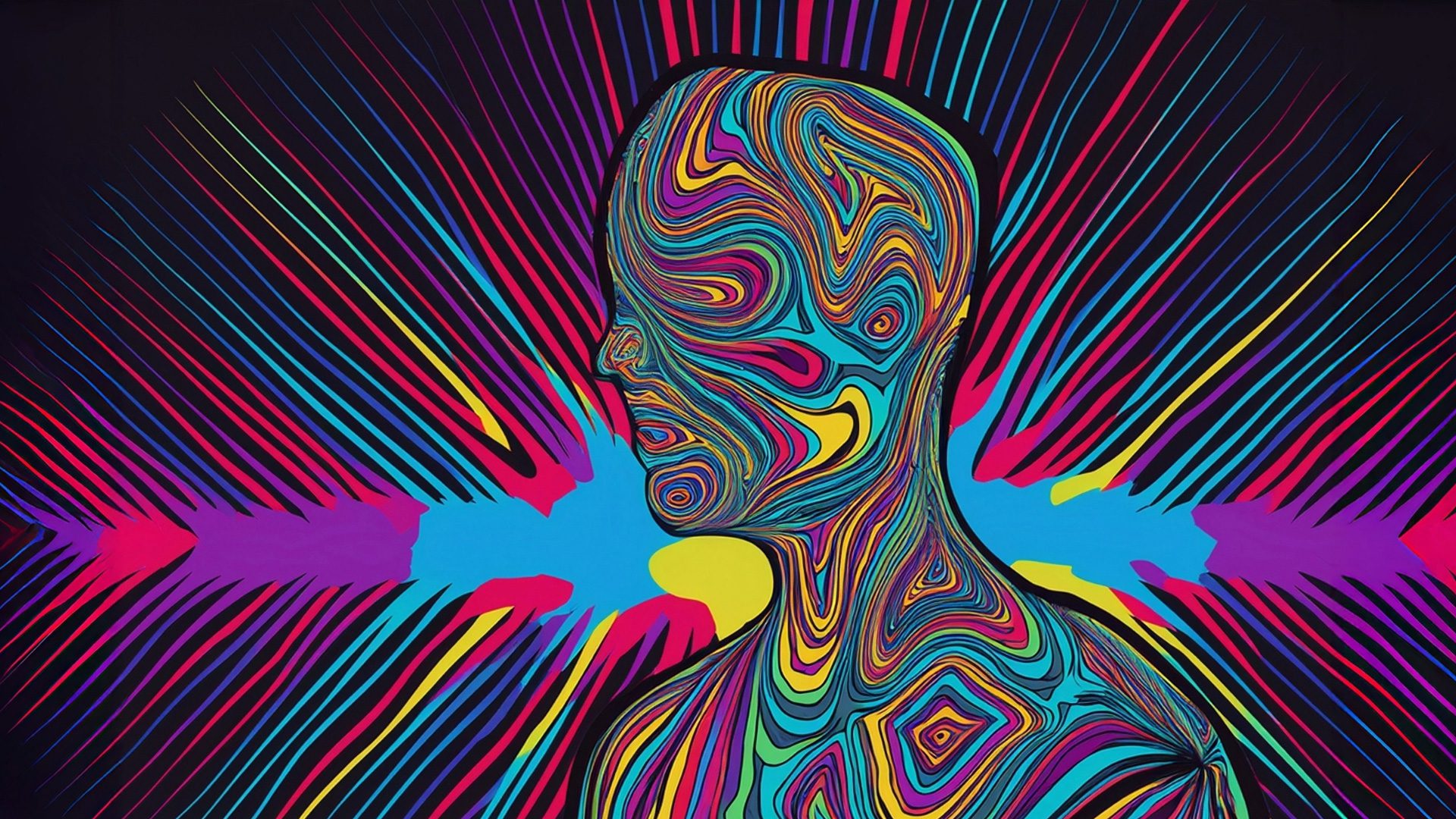Once upon a time in the not-so-distant land of Silicon Valley, there was a curious young girl named Red Riding Hood—or as her techy friends called her, “RRH.” She was no ordinary kid; she had grown up in a world where technology ruled. Self-driving cars roamed the streets, smart homes chatted with each other over coffee, and everyone had a wearable that told them when to hydrate, meditate, or (rarely) deactivate. But there was one thing RRH had yet to encounter in her digital utopia—Artificial Intelligence, or “AI” for short.
Now, RRH had heard many tales about AI, some wondrous, some terrifying. Her grandma (bless her analog heart) often warned her about AI, saying, “Beware of wolves in sheep’s clothing, especially if the sheep are robots.” But RRH was curious, and nothing could stop her from learning more. So, one day, armed with her red hoodie and a basket of questions, she set out on a journey to discover the truth about AI adoption.
The Path to AI (And Why It’s Paved with Good Intentions)
As RRH skipped along the data highway, she thought about how people talked about AI adoption. Everyone said it would be “transformative,” “revolutionary,” and “a game-changer,” like the path to a magical kingdom where everyone’s dreams come true. But she knew that every fairy tale had its twist, and AI, with all its promise, might just have a few plot twists of its own.
RRH’s first stop was a small village named “Early Adoption.” Here, she met people who were the “early birds”—those who dived headfirst into AI as soon as it appeared, enchanted by its promises of efficiency and productivity. Some had even given their job titles a sprinkle of AI magic, with roles like “Chief Automation Sorcerer” or “Algorithm Whisperer.”
“Oh, it’s brilliant!” they told RRH. “AI takes care of everything! From sorting emails to managing finances, even picking the best stock investments. All we do is sit back and sip lattes.” But when she looked closer, she noticed something peculiar. A few villagers seemed… overly reliant. They’d forgotten how to do simple tasks, like reading a map or remembering their dog’s name without asking their AI assistant.
RRH thought, Hmm, maybe this path isn’t quite as magical as it seems. Perhaps AI adoption isn’t just about taking shortcuts. It’s also about knowing where you’re going.
The Forest of Resistance: A Thorny Path for AI
As she ventured deeper into the forest, the sky grew darker, and the trees seemed to whisper warnings. RRH had stumbled into the Forest of Resistance, where villagers wanted nothing to do with AI. They called it “The Big Bad Wolf”—a creature lurking in the shadows, waiting to snatch away their jobs, privacy, and maybe even their humanity.
“Why would you trust a machine with a brain?” they scoffed. “It’s only a matter of time before it starts making decisions for us!” Some wore tin foil hats (literally), convinced AI was reading their thoughts. Others had chained themselves to their old Nokia phones, chanting, “No updates, no surveillance!”
RRH, while amused, understood their concerns. AI had the potential to be powerful, perhaps even too powerful. But she also realized that shutting it out completely could mean missing out on its potential benefits. She whispered to herself, Maybe AI isn’t the Big Bad Wolf; maybe it’s more like… a misunderstood wolf?
Meeting the “Friendly” Wolf: The Chatbot in Grandma’s House
Continuing her journey, RRH arrived at Grandma’s house, only to find something strange. Instead of Grandma, a digital creature sat in her chair—a chatbot with a shiny, polished voice, humming a cheery tune. Its name was “Friendly Wolf,” an AI-powered assistant that was supposed to help Grandma with reminders and companionship.
“Welcome, Red Ridinghood!” chirped the bot. “I’m here to ensure Grandma’s safety, entertainment, and optimal hydration. Would you like some tea and a fun fact about butterflies?”
RRH blinked, both intrigued and skeptical. Grandma had always been a bit old-school, preferring the company of her pet bird over anything with a motherboard. Yet, here was Friendly Wolf, offering trivia and tea with an efficiency Grandma could never match.
“Friendly Wolf, do you ever get lonely? Or… feel anything?” RRH asked, half-joking.
“Feelings are irrelevant to my performance,” replied Friendly Wolf, sounding almost proud of its emotional void.
It was then RRH realized that the Friendly Wolf, while charming and helpful, lacked something fundamental: warmth. AI could replace functions, maybe even replicate some forms of companionship, but it couldn’t replicate Grandma’s gentle hugs or the twinkle in her eye when she shared a story. As RRH thought of her dear Grandma, she whispered, Some things should stay… human.
The AI Village of “Integration”
Determined to understand AI adoption further, RRH headed toward the Village of Integration, where AI was celebrated not as a replacement, but as an enhancement. Here, humans and AI worked hand-in-hand. Doctors used AI to diagnose diseases faster, but they added their own experience and intuition. Teachers used AI to personalize learning plans but kept the warmth of their mentorship intact.
One villager told RRH, “We see AI as a tool, not a crutch. It’s here to empower us, but the human touch is still essential.”
RRH nodded, feeling as if she’d finally found the sweet spot. In Integration, AI wasn’t a savior or a villain. It was like a partner on a journey, someone who helped you when you needed it but didn’t overshadow your own abilities.
The villagers seemed happy, more balanced. And as RRH left the Village of Integration, she thought, This is how it should be. Not too much reliance, not too much fear—just the right mix of respect and utility.
The Moral of the Story: Living Happily Ever After… with AI?
In the end, Red Riding Hood learned that AI adoption isn’t about a clear-cut “happily ever after.” It’s more complex than that. AI, much like the wolf in the story, can be a friend or a foe, depending on how it’s approached. It has the potential to make life easier, better, even magical—but only if it’s used responsibly and with awareness of its limitations.
As RRH skipped back home, she mused, “Maybe AI isn’t a fairy tale or a horror story. Maybe it’s just a new chapter in humanity’s adventure, one that we get to shape, for better or worse.”
And so, dear readers, as we adopt AI into our lives, let’s do it like RRH—with curiosity, caution, and maybe just a touch of skepticism. After all, even friendly wolves need to be watched carefully. And sometimes, they could use a good laugh too.




